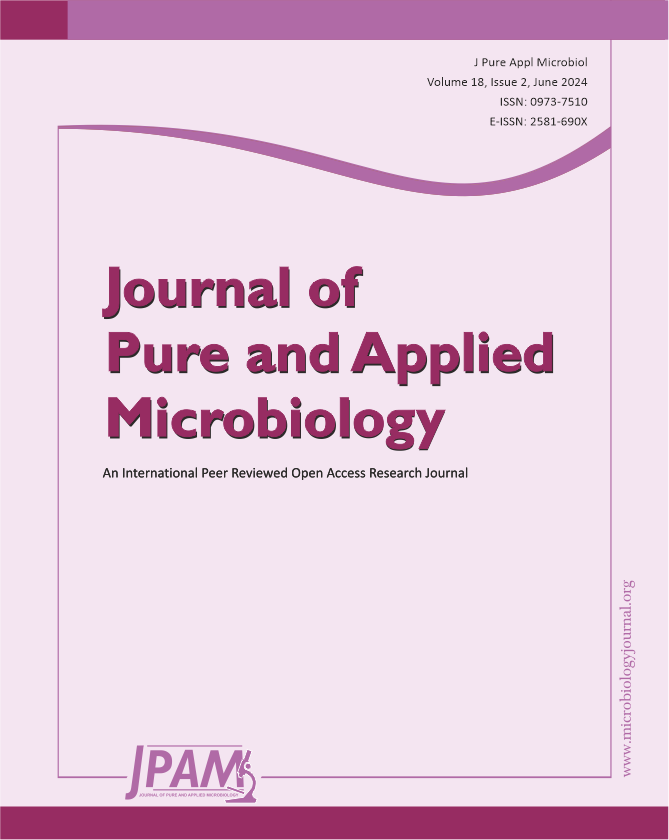Fusarium pathogens and their mycotoxins are considered as the main threats to cereal production and food safety worldwide. However, due to the constant discovery of new Fusarium species especially along with mycotoxin production profile differentiation in certain species, efforts on their species composition, geographical distribution, and chemotype proportion are urgently required. In the Fusarium goolgardi species, two distinct trichothecene (TB) genotype populations have recently been identified. Previous studies have shown that the structural variance of TBs biosynthesized by the two genotypes is attributed to the Tri1 gene. Polymorphisms of Tri1 gene from type A TB-producers were investigated in different Fusarium species in the current study. According to these DNA sequence variations identified in Tri1 gene sequences, a polymerase chain reaction-restriction fragment length polymorphism (PCR-RFLP) based diagnostic approach for the differentiation of T-2 and 4,15-diacetoxyscirpenol (DAS) genotypes in F. goolgardi was successfully developed. The PCR-RFLP assay will facilitate the studies on geographic distribution, frequency and other aspects of the two genotypes within F. goolgardi species.
Type A Trichothecenes, Genotype Identification, Fusarium mycotoxins, Fusarium goolgardi
© The Author(s) 2024. Open Access. This article is distributed under the terms of the Creative Commons Attribution 4.0 International License which permits unrestricted use, sharing, distribution, and reproduction in any medium, provided you give appropriate credit to the original author(s) and the source, provide a link to the Creative Commons license, and indicate if changes were made.


